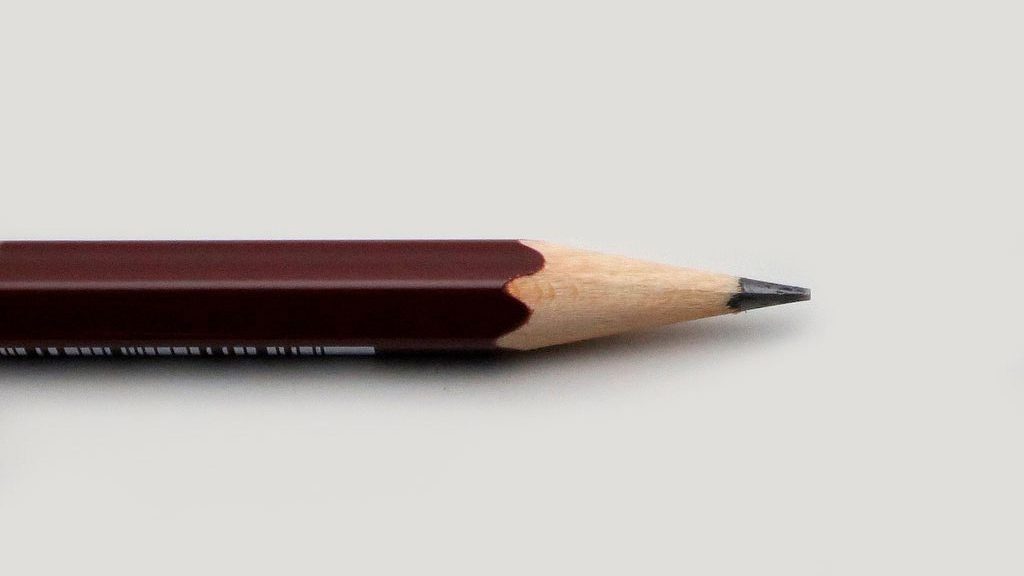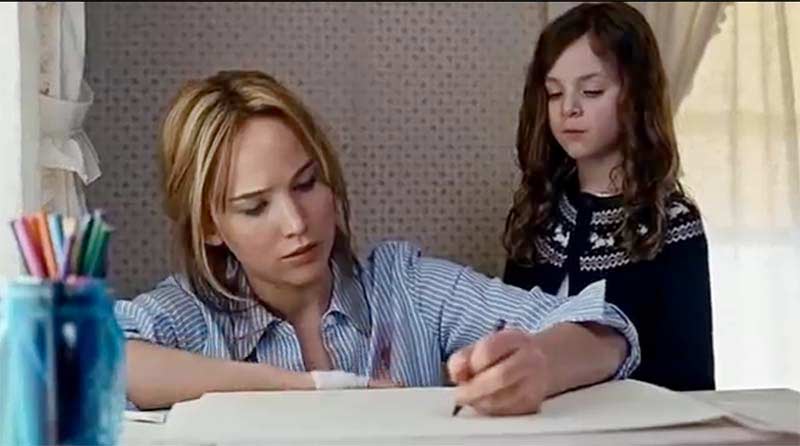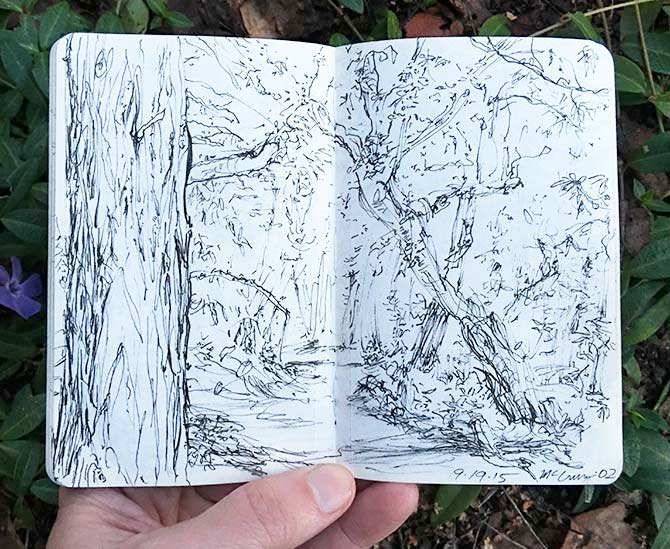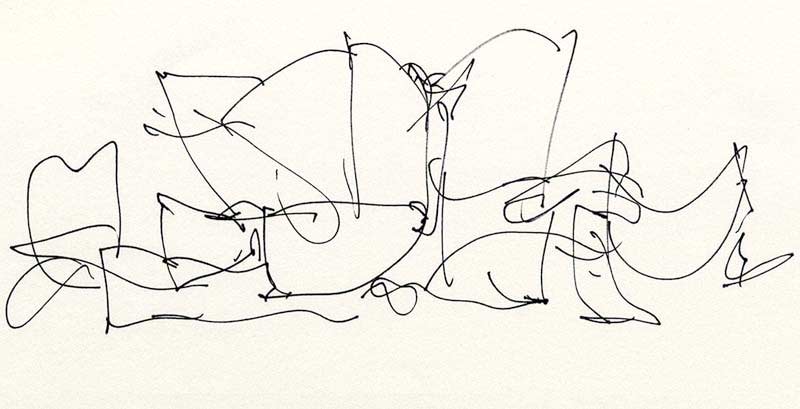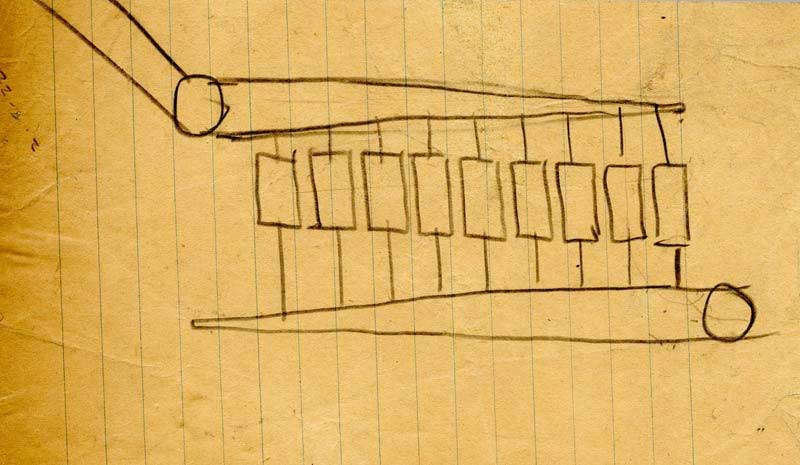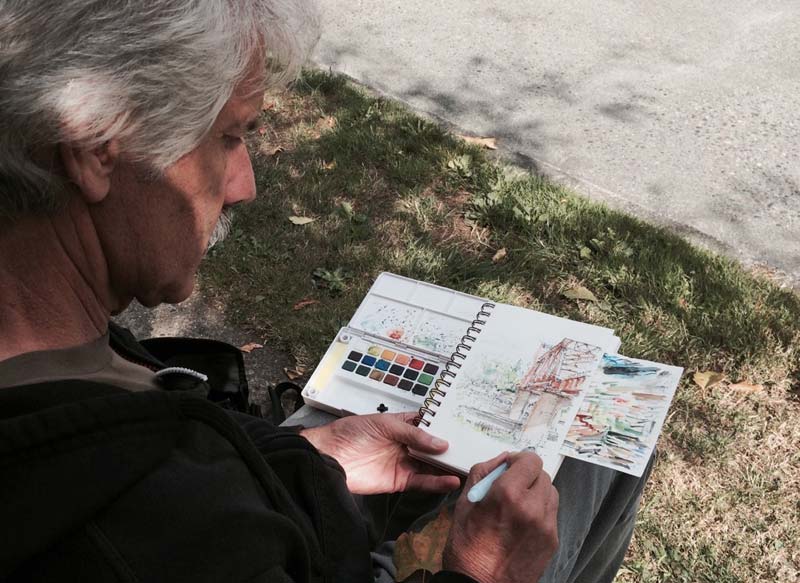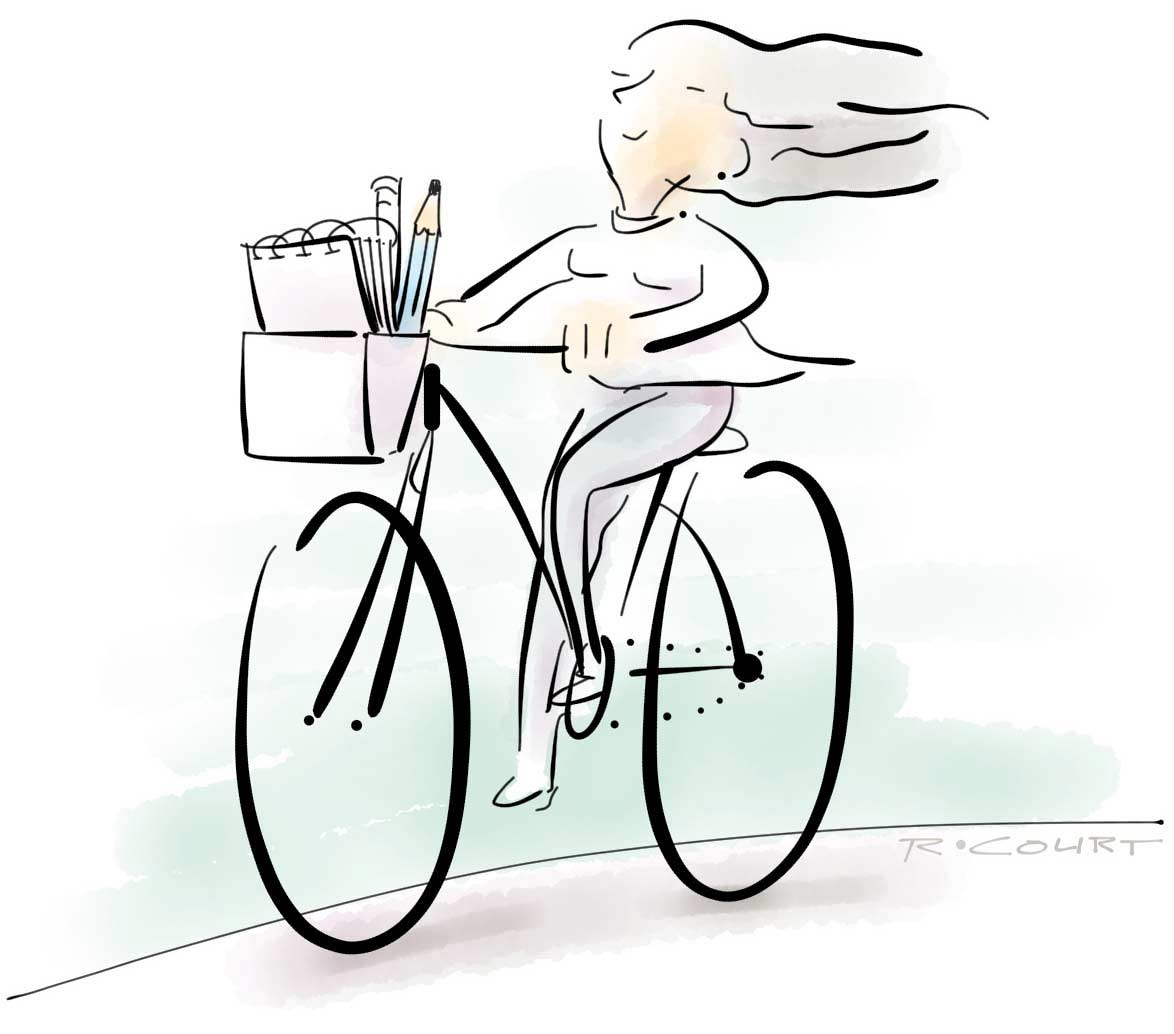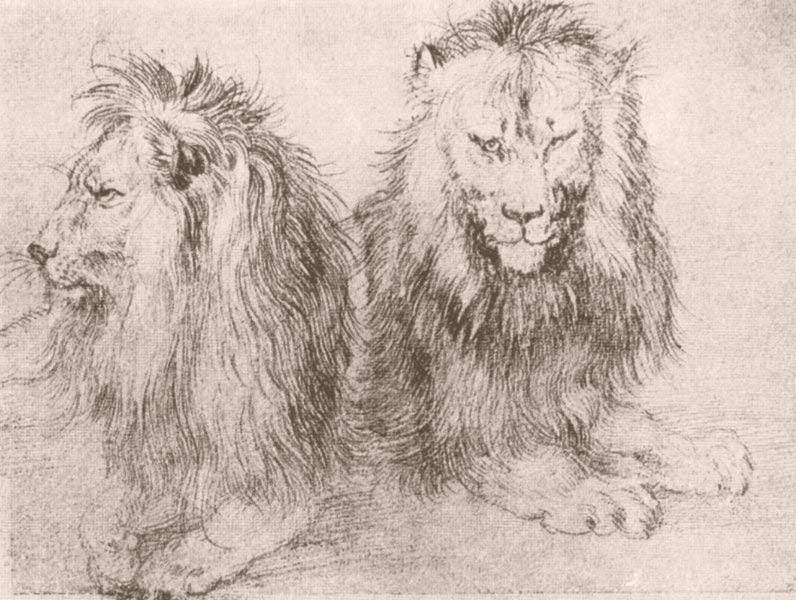Which pencil should you use for drawing? That is the question.
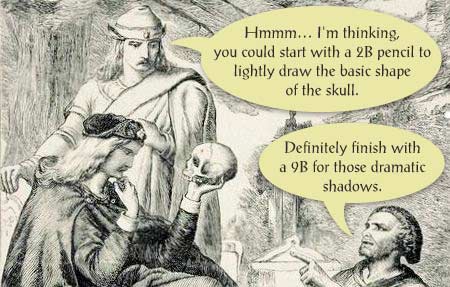
During the early 17th century, as Shakespeare’s Prince Hamlet first gazed upon a skull and questioned what to be in life, the country of England was busy mining a valuable carbon material. This dark, powdery material eventually became known as graphite (derived from the Greek word ‘graphein’ meaning ‘to write’). Artists soon discovered graphite to be extremely useful for the process of drawing.
However, the big technological breakthrough for drawing came in 1795, when a French scientist named Nicholas-Jacques Conte invented the pencil. By mixing clay with graphite, Conte found ways to alter the hardness of pencil leads which produced darker and lighter shades of black. Modern-day pencils are available in a wide range of black shades—such as 2B, 2H, HB—enabling artists to achieve endless combinations of drawing techniques and styles.
How to choose the right pencil for the job at hand? Here are recommendations on basic drawing pencils I make to students that can help you get started: Continue reading 2B or Not 2B?
